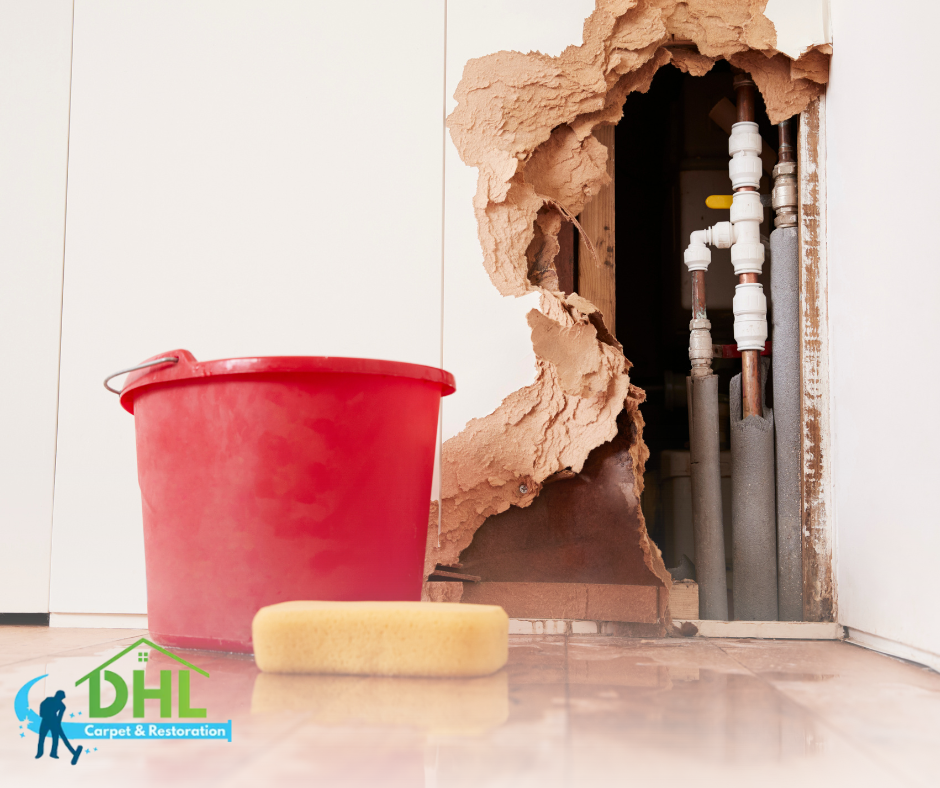Water damage doesn’t always make itself obvious. While floods or burst pipes grab attention, some of the most destructive moisture issues come from hidden sources. These problems often develop slowly, causing damage behind walls, under floors, or above ceilings—often going unnoticed until costly repairs are required. By recognizing the most common hidden threats early, homeowners can take action before the damage escalates. When problems do appear, expert water damage restoration is essential to limit the impact and restore the affected areas safely.
Where Hidden Water Damage Begins
One of the most overlooked sources of water damage is small plumbing leaks. A slow drip under a sink, behind a dishwasher, or inside a wall cavity may seem insignificant at first, but over time, it can saturate drywall, warp flooring, and create the perfect conditions for mold growth. Similarly, HVAC systems—especially older or poorly maintained units—can leak condensation into hidden parts of the home.
Roof leaks are another common issue. A damaged shingle, worn flashing, or clogged gutter might allow water to seep into the attic or upper walls, where it silently deteriorates insulation and wooden structures. By the time stains appear on ceilings or paint starts to bubble, the internal damage is often extensive.
Even appliances like refrigerators, water heaters, and washing machines can develop slow leaks from connections or worn seals. Because these are usually installed in tight spaces, the moisture can go unnoticed until surrounding materials show signs of distress.
How to Spot the Warning Signs Early
Since hidden water damage often develops out of sight, it’s important to pay attention to subtle warning signs. Musty odors, unusually high humidity indoors, soft or warped flooring, and sudden increases in water bills can all point to a hidden moisture problem. Discoloration on walls or ceilings and the appearance of mold along baseboards or behind furniture are also common indicators.
Preventive inspections go a long way in reducing the risk. Homeowners should routinely check under sinks, around appliances, in attics, and near windows for signs of condensation, staining, or mildew. Catching leaks early not only prevents structural deterioration but also minimizes the chance of mold colonization—which can spread rapidly in moist environments and compromise indoor air quality.
Moisture meters and thermal imaging tools used by professionals can also detect problems not visible to the eye, providing a more complete picture of what’s happening behind the walls.
Why Professional Help Is Critical When Damage Occurs
Once hidden water damage is discovered, it’s crucial to act quickly. Lingering moisture can lead to rot, foundation damage, and dangerous mold growth if not addressed properly. That’s why calling in experienced water damage restoration professionals is essential. They use specialized equipment to locate, extract, and dry hidden moisture thoroughly—often without the need for major demolition.
In addition to drying and cleaning, professionals assess for structural compromise and microbial contamination, providing safe and effective treatment plans tailored to the severity of the issue. Acting quickly minimizes repair costs and restores your home to a safe, dry, and healthy condition.
Hidden water damage can be silent—but it doesn’t have to be devastating. With awareness, prevention, and the right response, you can protect your property before it’s too late.
Learn more about water damage restoration:
How Seasonal Changes Contribute to Water Damage in Homes and Commercial Properties
How Businesses Suffer from Water Damage: The Top Causes and Risks

